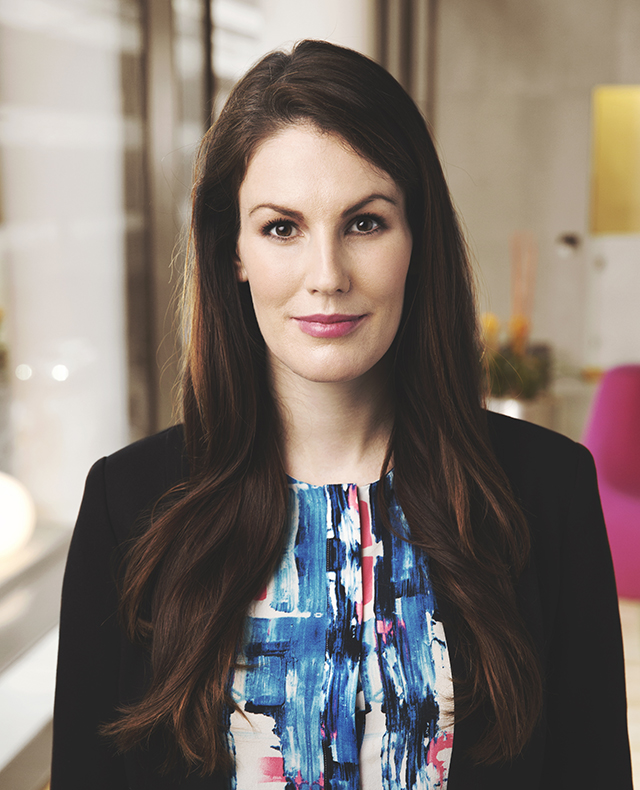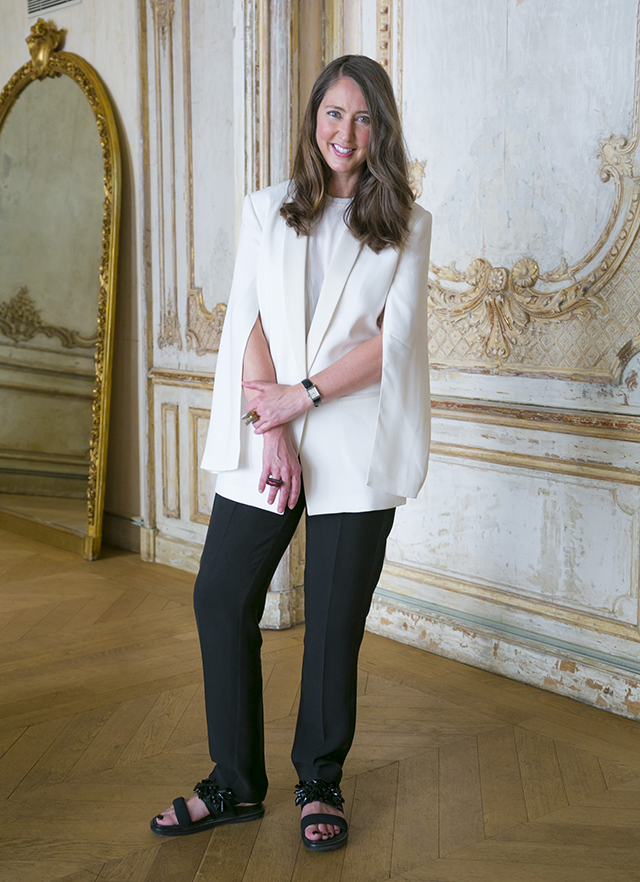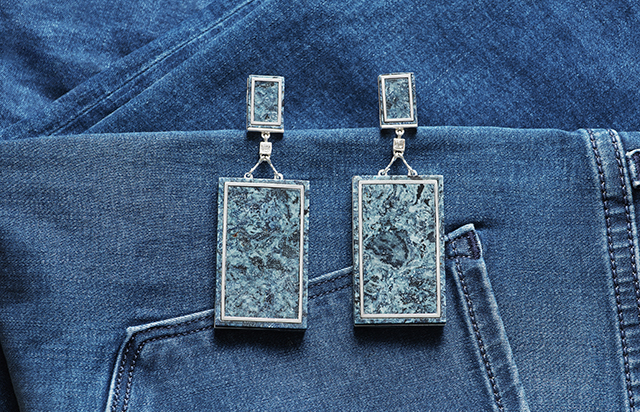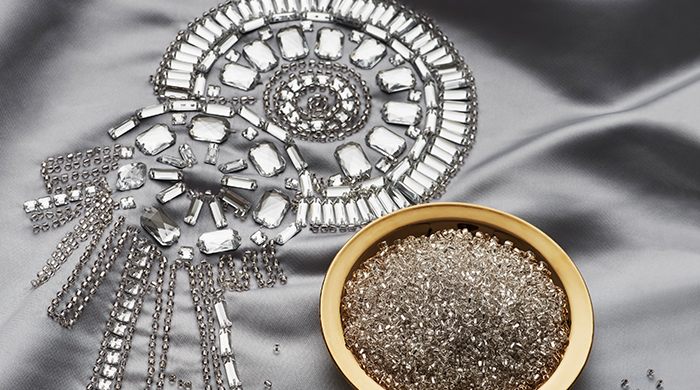A whopping 5% of landfill waste is clothing and textiles—one of the poorest recycling rates of reusable materials—and as the second largest clothing retailer in the world, Swedish company H&M is fully aware of the impact the garment making industry has on the environment. H&M is taking steps both great and small to lessen their carbon footprint and to ensure that the people who make the clothes are taken care of.
At a preview of the Conscious Exclusive Collection at the Musée des Arts Decoratif in Paris, we sat down with Anna Gedda, Head of Sustainability at H&M as well as Creative Advisor Ann-Sofie Johansson to learn more on the steps we can take to ensure a more sustainable future.
What does sustainability mean to you?
Anna Gedda (AG): Sustainability for me is quite simple. I have two small kids and I want to make sure that they have a really great place to grow up in and they will have kids that can grow up in a great place. So it’s really about making sure that whatever we use today is done in a way that still allows it to be used tomorrow.

In the advent of the digital age where everything is so immediate, do you think that social media is counterproductive to sustainability? It promotes this nature of getting bored too quickly and with sustainability, you want longevity.
AG: Social media makes it possible to make thoughts and idea available to a lot of people instantly and I think it’s really a great means of communication to a lot of people and engaging our audiences. One of the biggest challenges that we have when it comes to sustainability is to get the customers on board. To really make them become interested and feel like they have the power to actually create change by the way they’re acting and how the choices that they make and care for their clothes. I think that using social media as a way to reach our customers is a really great tool. It provides great opportunities for increasing transparency, which is a great driver for sustainability.
Most people have a negative impression of fast fashion, as the clothes may be perceived as too trendy and not necessarily built to last.
Ann-Sofie Johansson (ASJ): We really are at the forefront when it comes to sustainability and we want to maintain pole position, which is why we take all these actions that we do. To perform conscious actions all through the value chain: from when we start designing, production, transportation, and then also in store and trying to inspire our customers to take care of the clothes when they don’t want them any longer, to bring them back to H&M so we can close the loop. We are making a real effort to do good and I’m sure that if we work together, and collaborate with other fashion brands and innovators, I think we can really find a way to close the loop in a few years. This is the future: to be able to create new clothes out of old ones and also to change the mind-set so that people recycle even more.

Closing the loop is a point of pride with H&M. What measures are the company taking to reach out to the consumers, to make this cycle complete?
AG: What we do is look at clothes through in its various stages. The first step is to make sure they don’t end up in landfills because they are actually a really good resource for making new clothes. You need to make sure that they actually put them back into the system, which is why we started the Garment Collecting Initiative.
But I think it also goes back to when you buy something-you should really buy something you really like and then you should really care for it. We try to encourage all our customers to take really good care of their products like washing them in 30° instead of 60° Celcius, which is not just better for the enviroment but wears less on the product. Or leaving it out to air instead of washing it, for example. So that’s of course the first step: to use the clothes as long as you can.
Ann-Sofie, as a designer, do you ever feel restrained or limited by the breadth of materials you are allowed to work with?
ASJ: It does present challenges. For the design team, it’s a challenge with the fabrics and it’s been like that ever since we’ve started. Each time we do a collection, we are developing a new fabric and taking things further so I think today we have quite a good range of fabrics that we can use. I think that the most challenging thing still is the decorative pieces: all the stone, the pearls, things like that. That is quite hard to make in a more sustainable way.
Is there a material that you are particularly proud of?
AG: We are actually the first fashion company to use a new material called Denimite. You take fibers from old jeans, shred it apart so it becomes this big, fluffy mess, and mix it together with a resin so it becomes this big liquid substance. Then you compress it at a really high temperature and you get this very hard, stone-like material. It becomes this big sheet that you can cut it into different pieces and shapes. We chose to have it a bit more art deco because of the inspiration, but you can basically cut it into any shape you desire, which we made into the most gorgeous earrings.

How does this influence your own life?
AG: I spend a lot of my time thinking about what we do at H&M and how we can make our industry better and also, what steps I can personally take as a consumer. At the end of the day, I’m just a person; I’m a consumer, so I try to make conscious choices when I go to the store to buy food, or when I buy cars and so on. That’s something that makes a big difference to how I live my life as well. One of the things I always try to do is that when I go to a store, or if I want to buy something that may I find difficult to make a sustainable choice, I will always write an email. “Why don’t you have this?” or “Could you actually think about this?”. I think that that is one of the most important things that you can do as a customer. We get a lot of those emails and we think, “Wow, this is actually a good idea.” It really takes a lot from the company to make these sorts of small actions, but every journey begins with a single step.
| SHARE THE STORY | |
| Explore More |




